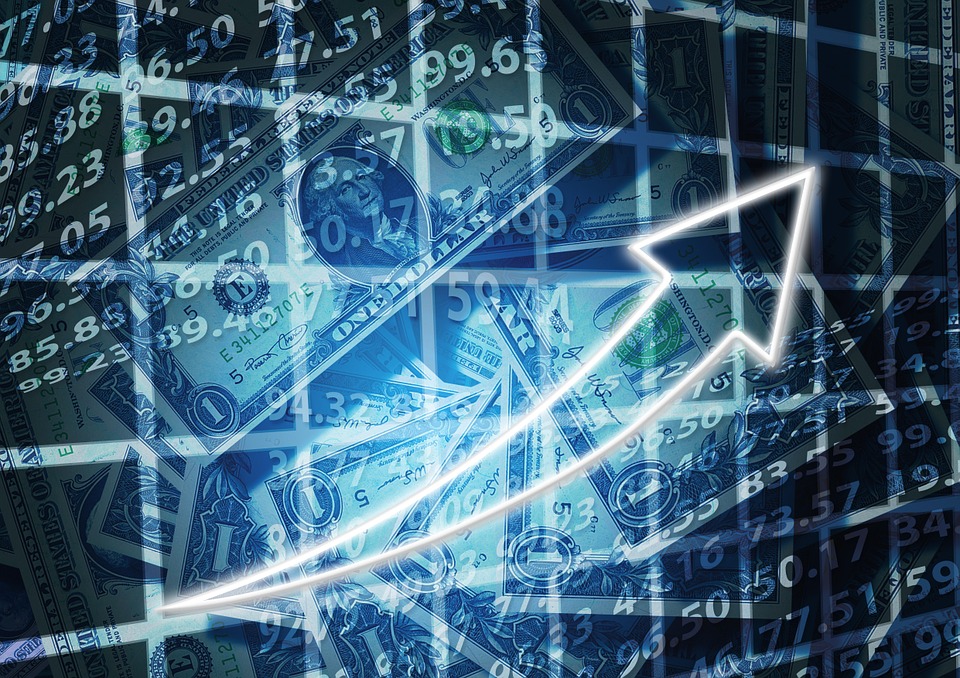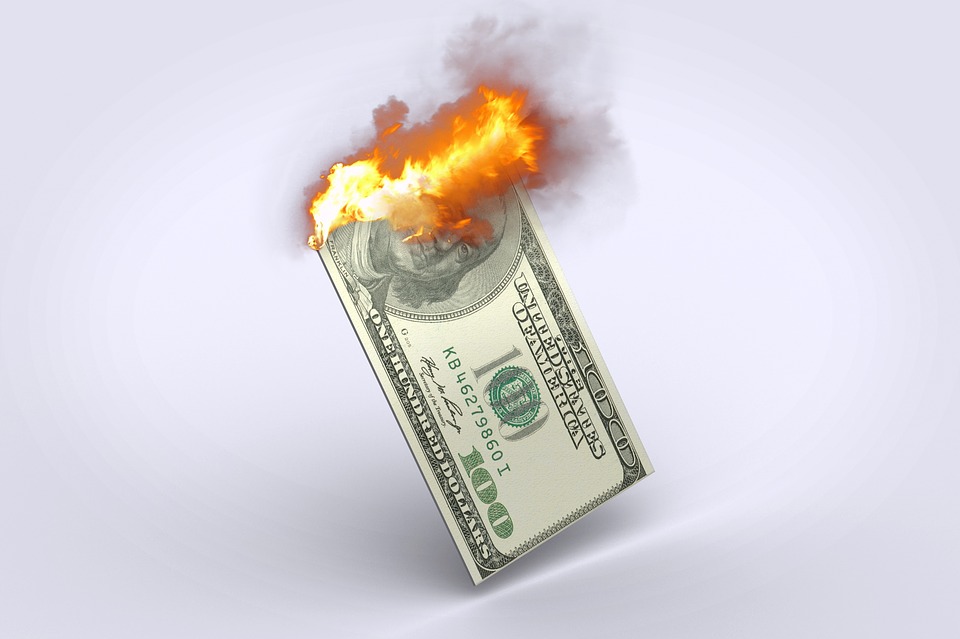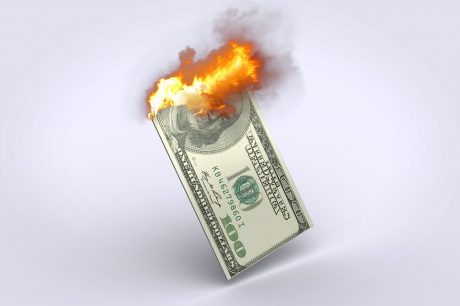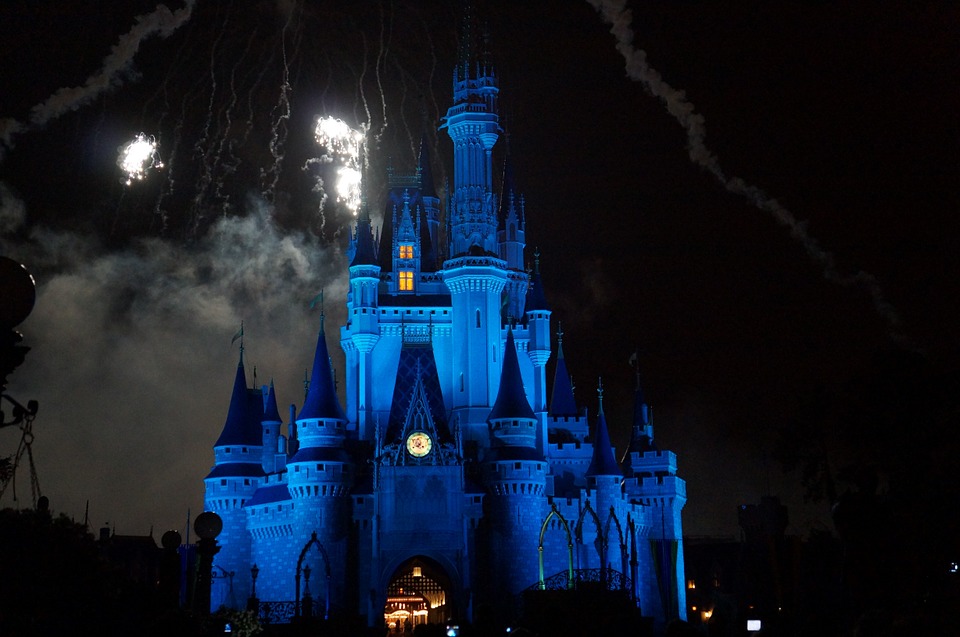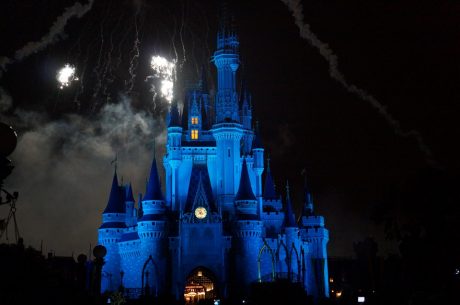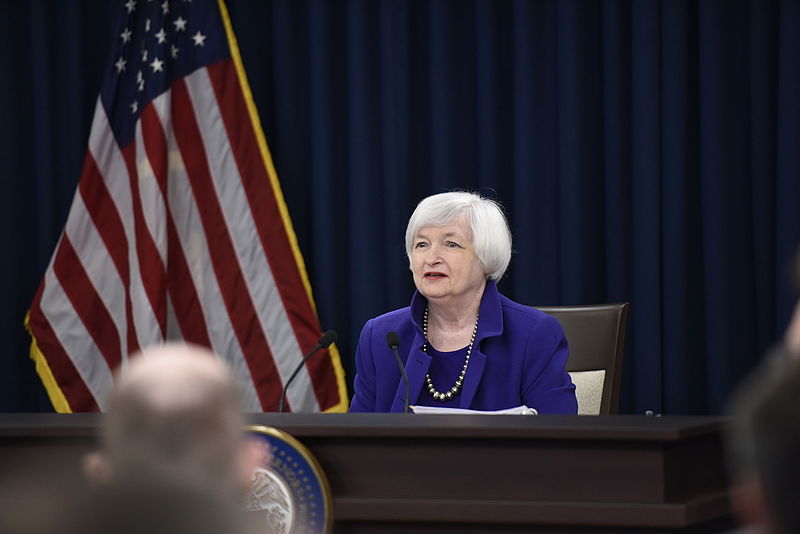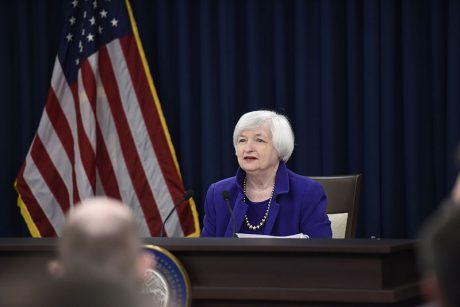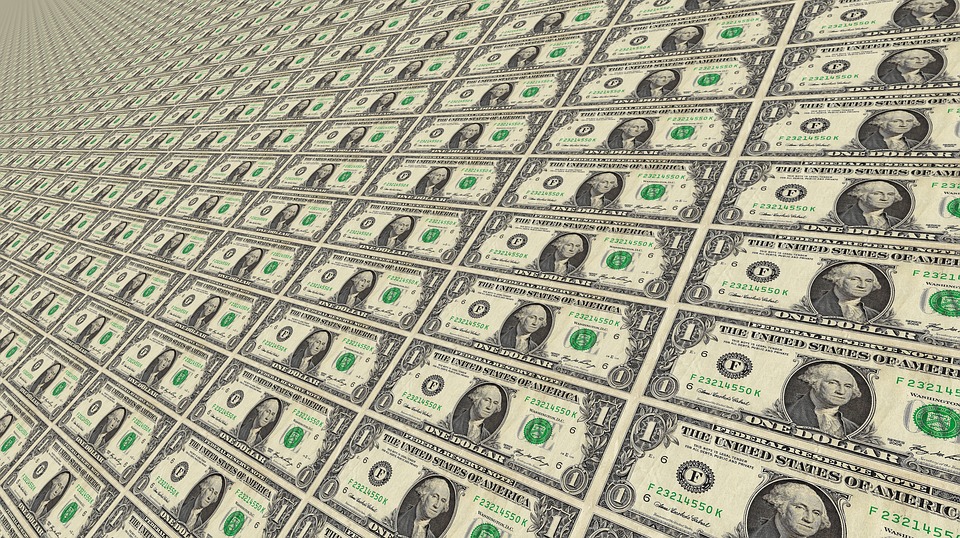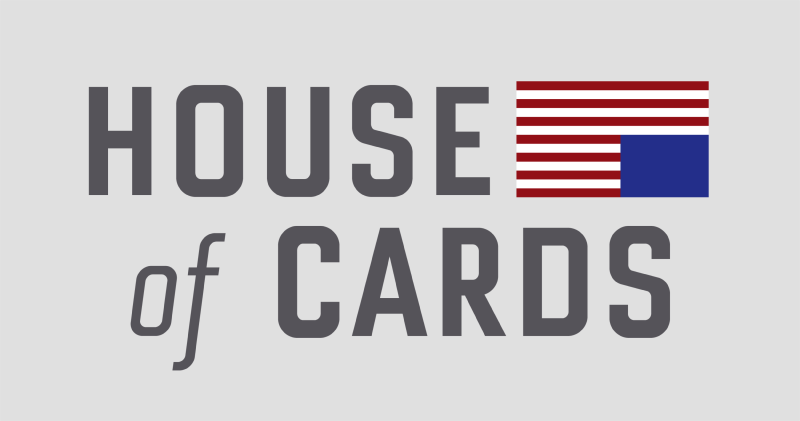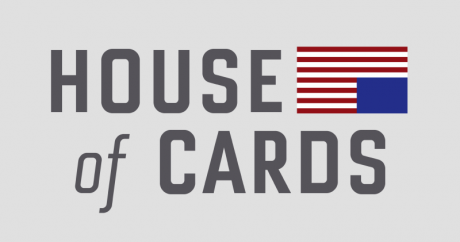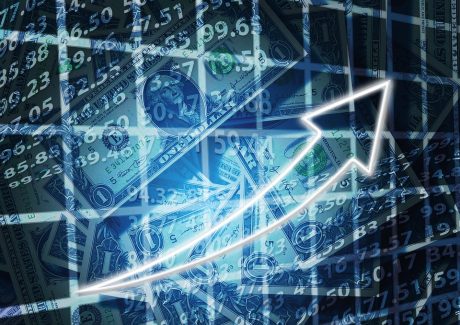 The Dow hit the 22,000 mark for the first time ever on Wednesday, and investors all over the world greatly celebrated. And without a doubt this is an exceedingly important moment, because I think that this is a milestone that we will be remembering for a very long time. So far this year the Dow is up over 11 percent, and it has now tripled in value since hitting a low in March 2009. It has been quite a ride, and if you would have told me a couple of years ago that the Dow would be hitting 22,000 in August 2017 I probably would have laughed at you. The central bankers have been able to keep this ridiculous stock market bubble going for longer than most experts dreamed possible, and for that they should be congratulated. But of course the long-term outlook for our financial markets has not changed one bit.
The Dow hit the 22,000 mark for the first time ever on Wednesday, and investors all over the world greatly celebrated. And without a doubt this is an exceedingly important moment, because I think that this is a milestone that we will be remembering for a very long time. So far this year the Dow is up over 11 percent, and it has now tripled in value since hitting a low in March 2009. It has been quite a ride, and if you would have told me a couple of years ago that the Dow would be hitting 22,000 in August 2017 I probably would have laughed at you. The central bankers have been able to keep this ridiculous stock market bubble going for longer than most experts dreamed possible, and for that they should be congratulated. But of course the long-term outlook for our financial markets has not changed one bit.
Every other stock market bubble of this magnitude in our history has ended with a crash, and this current bubble is going to suffer the same fate.
But many in the mainstream media are still encouraging people to jump into the market at this late hour. For example, the following comes from a USA Today article that was published on Wednesday…
“It’s still not too late to get in,” says Jeff Kleintop, chief global investment strategist at Charles Schwab, based in San Francisco. “The gains are firmly rooted in business fundamentals, not false hopes.”
I honestly don’t know how anyone could say such a thing with a straight face. We have essentially been in a “no growth economy” for the past decade, and signs of a new economic slowdown are all around us.
But even though price/earnings ratios and price/sales ratios are at some of the highest levels in history, some analysts insist that the stock market still has more room to go up…
On the flip side, investors with time to ride out any short-term market storm should not rule out getting in the market now. Economies around the globe are improving and are boosting the profitability of corporations in the U.S. and abroad, says Chris Zaccarelli, chief investment officer at Cornerstone Financial Partners in Charlotte, N.C.
Zaccarelli won’t even rule out Dow 25,000 by the end of 2018.
Personally, I believe that it is far more likely that we would see Dow 15,000 by the end of 2018, but over the past couple of years the bulls have been right over and over again.
But the only reason why the bulls have been right is because of unprecedented intervention by global central banks.
Today, the Swiss National Bank owns more than a billion dollars worth of stock in each of the following companies: Apple, Alphabet, Microsoft, Amazon, Exxon Mobil, Johnson & Johnson and Facebook.
So where does a central bank like the Swiss National Bank get the money to purchase all of these equities?
It’s easy – they just print the money out of thin air. As Robert Wenzel has noted, they simply “print the francs, exchange them for dollars and make the purchases”.
If I could create as much money as I wanted out of thin air and use it to buy stocks I could relentlessly drive up stock prices too.
Our financial markets have become a giant charade, and central bank intervention is the biggest reason why FAANG stocks have vastly outperformed the rest of the market. The following comes from David Stockman…
Needless to say, the drastic market narrowing of the last 30 months has been accompanied by soaring price/earnings (PE) multiples among the handful of big winners. In the case of the so-called FAANGs + M (Facebook, Apple, Amazon, Netflix, Google and Microsoft), the group’s weighted average PE multiple has increased by some 50%.
The degree to which the casino’s speculative mania has been concentrated in the FAANGs + M can also be seen by contrasting them with the other 494 stocks in the S&P 500. The market cap of the index as a whole rose from $17.7 trillion in January 2015 to some $21.2 trillion at present, meaning that the FAANGs + M account for about 40% of the entire gain.
Stated differently, the market cap of the other 494 stocks rose from $16.0 trillion to $18.1 trillion during that 30-month period. That is, 13% versus the 82% gain of the six super-momentum stocks.
If global central banks continue to buy millions of shares with money created out of thin air, they may be able to keep this absurd bubble going for a while longer.
But if the Fed and other central banks start pulling back, we could see a market tantrum of epic proportions. In fact, almost every single time throughout history when the Federal Reserve has attempted a balance sheet reduction it has resulted in a recession…
The Fed has embarked on six such reduction efforts in the past — in 1921-1922, 1928-1930, 1937, 1941, 1948-1950 and 2000.
Of those episodes, five ended in recession, according to research from Michael Darda, chief economist and market strategist at MKM Partners. The balance sheet trend mirrors what has happened much of the time when the Fed has tried to raise rates over a prolonged period of time, with 10 of the last 13 tightening cycles ending in recession.
“Moreover, outside of the 1920s and 1930s, there is no precedent for double-digit annual declines in the balance sheet/base that will likely begin to occur late next year,” Darda said in a note.
President Trump is going to get a lot of credit if the stock market keeps going up and he is going to get a lot of blame if it starts going down.
But the truth is that he actually has very little to do with what is really going on.
This stock market bubble was created by the central banks, and they also have the power to kill it if they desire to do so.
And once this bubble bursts, we may be looking at a crisis that makes 2008 look like a Sunday picnic.
Goldman Sachs and others are already warning that this stock market rally is on borrowed time. Let’s hope that it can continue at least for a little while longer, but in the end there is no possible way that this story is going to end well.
Michael Snyder is a Republican candidate for Congress in Idaho’s First Congressional District, and you can learn how you can get involved in the campaign on his official website. His new book entitled “Living A Life That Really Matters” is available in paperback and for the Kindle on Amazon.com.
